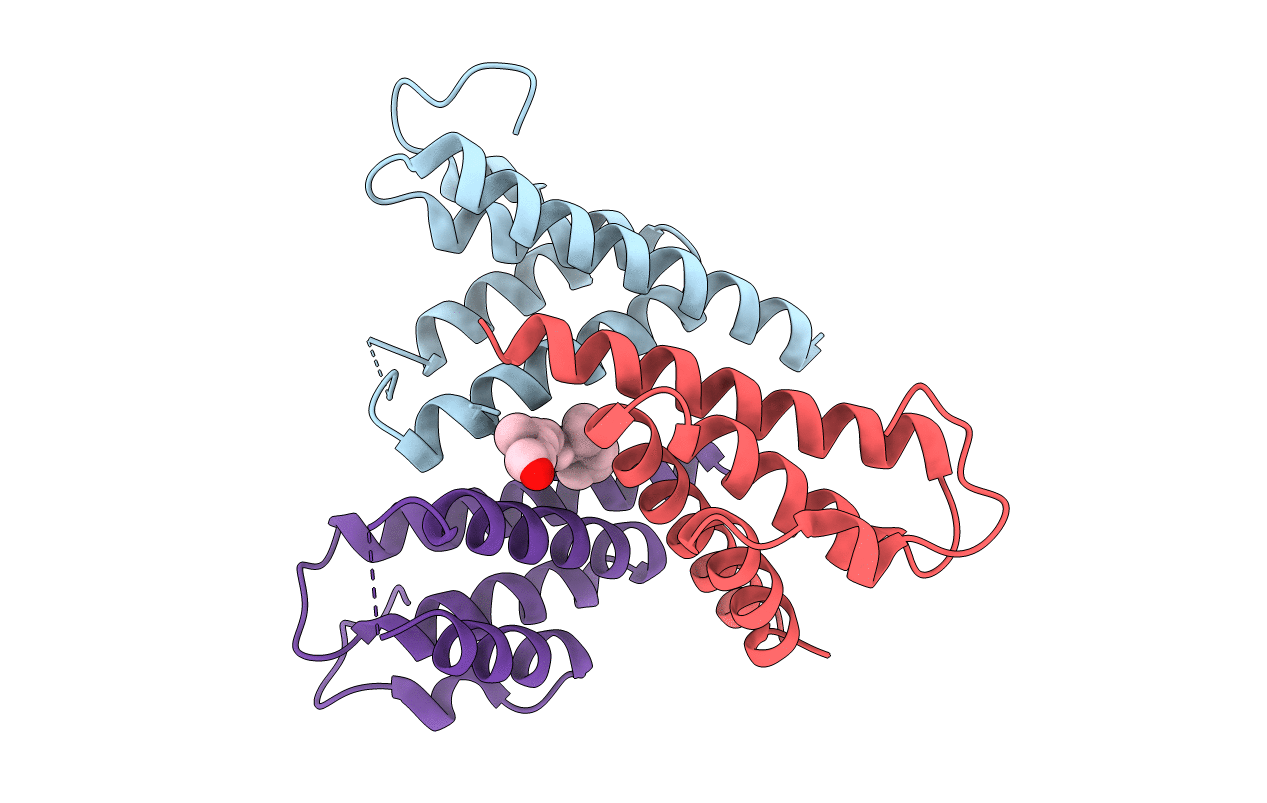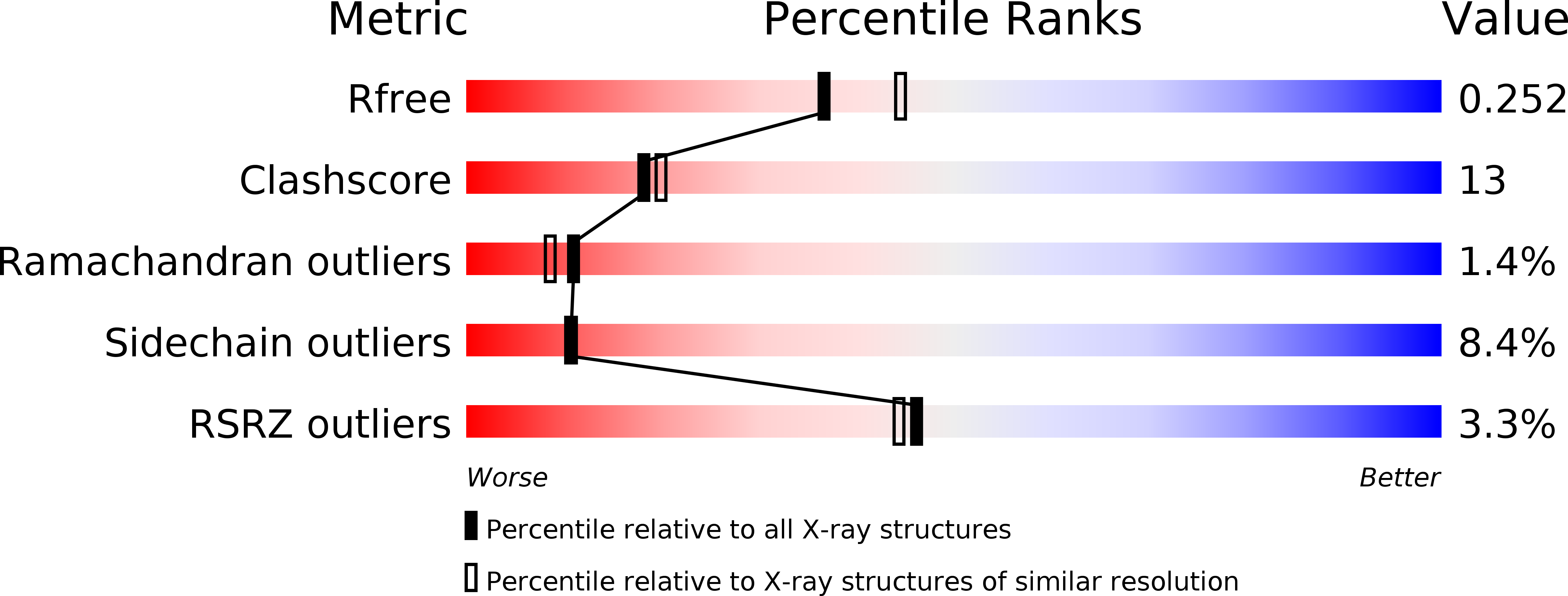
Deposition Date
2019-07-28
Release Date
2019-08-28
Last Version Date
2024-03-13
Entry Detail
PDB ID:
6PY0
Keywords:
Title:
Crystal Structure of mouse Serum Amyloid A3 (SAA3) bound with Retinol
Biological Source:
Source Organism:
Mus musculus (Taxon ID: 10090)
Host Organism:
Method Details:
Experimental Method:
Resolution:
2.20 Å
R-Value Free:
0.24
R-Value Work:
0.21
R-Value Observed:
0.21
Space Group:
P 21 21 21


